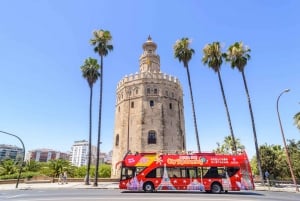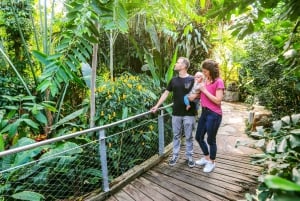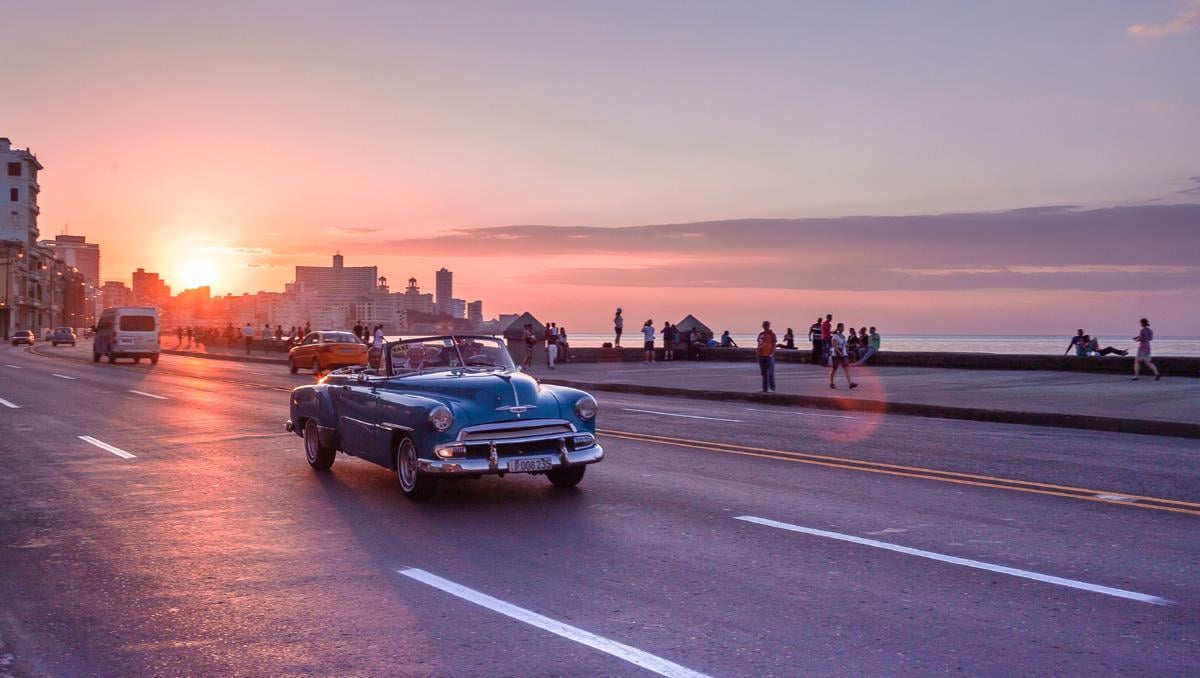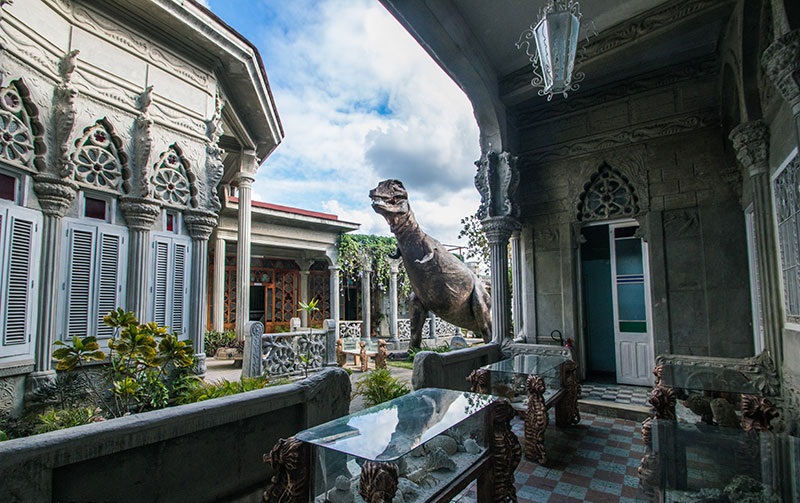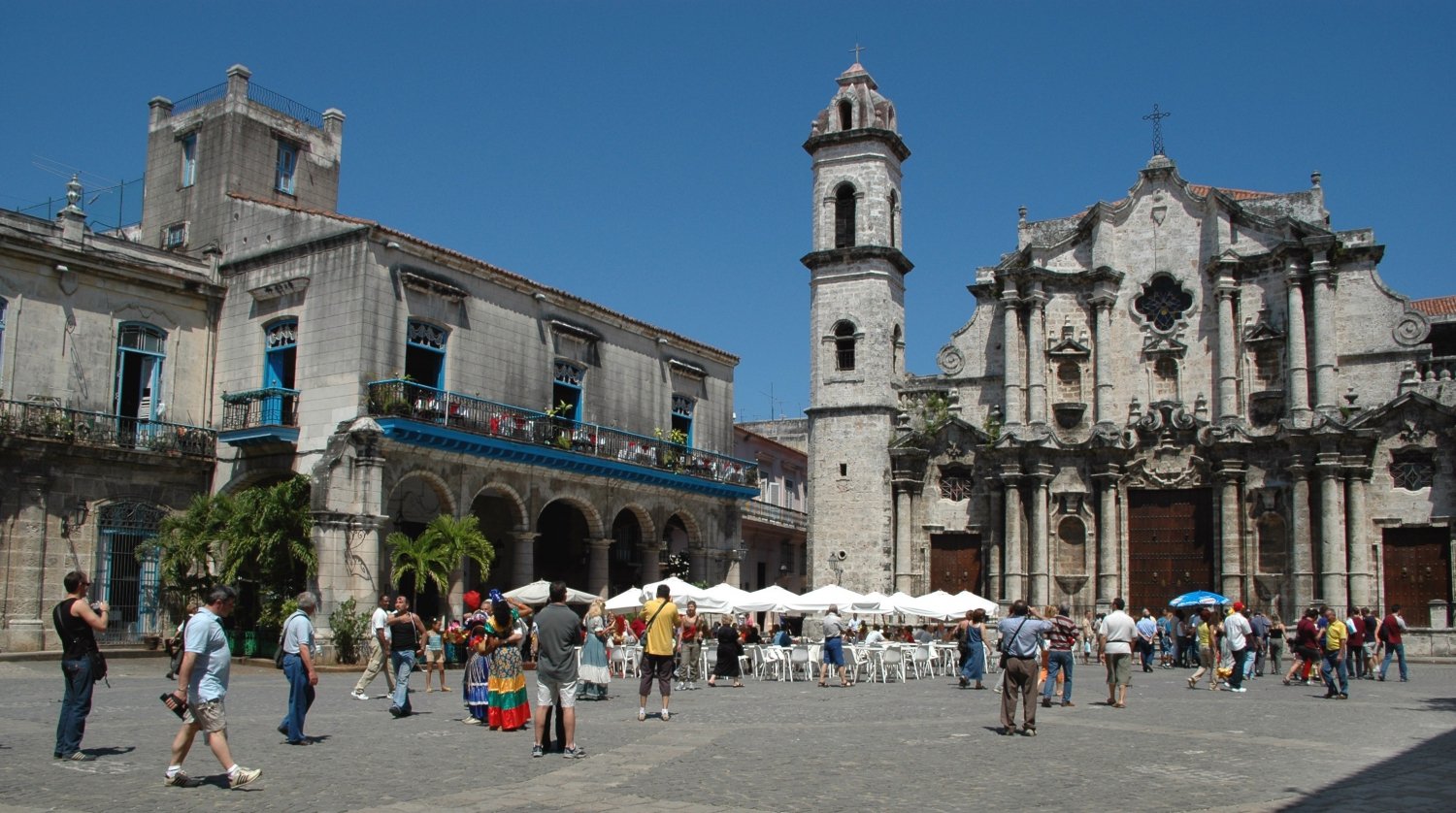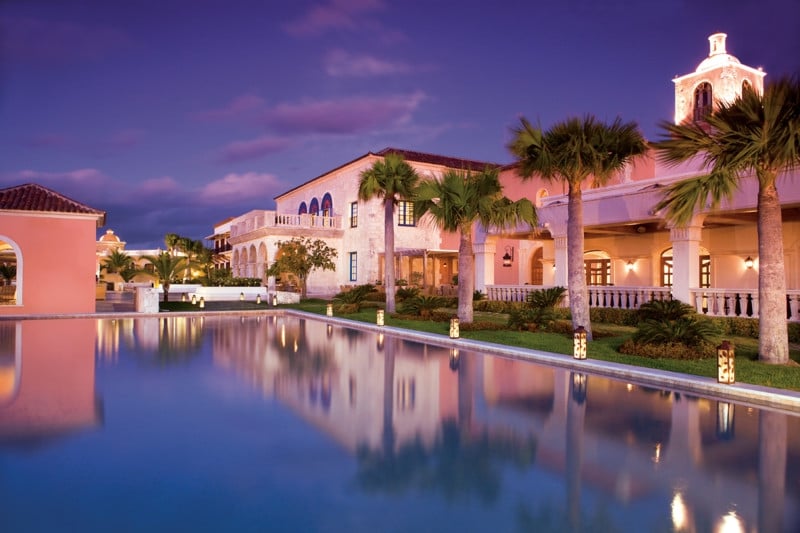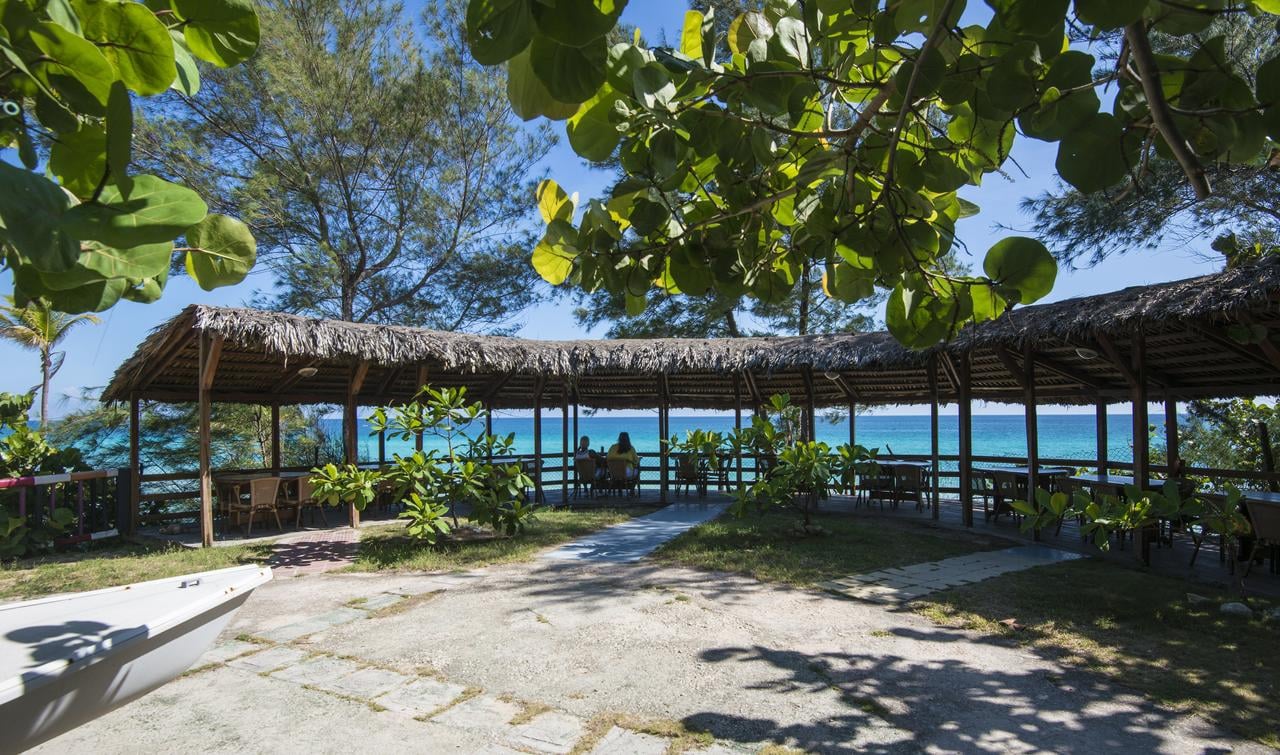Outstanding Universal Value
Book Top Experiences and Tours in Cuba:
If youʻre booking your trip to Cuba last minute, we have you covered. Below are some of the top tours and experiences!- Secret Food Tours San Francisco
- Punta Cana: Guided Bar Crawl with a Rum Shot and Transfers
- From Puerto Plata Priv: Cocoa, Coffee, Cigars & Local Market
- From Punta Cana: Higüey Guided Safari Tour
- Seville: City Sightseeing Hop-On Hop-Off Bus Tour

Old Havana, Cuba
Old Havana, which is defined by the extent of the former city walls, has maintained the pattern of the early urban setting with its five large plazas, each with its own architectural character: Plaza de Armas, Plaza Vieja, Plaza de San Francisco, Plaza del Cristo and Plaza de la Catedral. Around these plazas are many outstanding buildings, including the Iglesia Catedral de La Habana, Antiguo Convento de San Francisco de Asís, Palacio del Segundo Cabo and Palacio de los Capitanes Generales. Interspersed with this mix of baroque and neoclassical style monuments is a homogeneous ensemble of private houses with arcades, balconies, wrought-iron gates and internal courtyards –many of them evocatively time-worn. The complex system of fortifications that protected Havana, its port and its dockyard is comprised of the Fortaleza de San Carlos de la Cabaña –one of the largest colonial fortresses in the Americas– on the east side of the narrow entrance canal to Havana Bay; Castillo de la Real Fuerza –one of the oldest colonial fortresses in the Americas (begun in 1558)– on the west side of the canal; and Castillo de San Salvador de la Punta and Castillo de los Tres Reyes del Morro guarding the entrance to the canal;
The historic fortunes of Havana were a product of the exceptional function of its bay as an obligatory stop on the maritime route to the New World, which consequently necessitated its military protection. The extensive network of defensive installations created between the 16th and 19th centuries includes some of the oldest and largest extant stone fortifications in the Americas, among them La Cabaña fortress on the east side of the narrow entrance canal to Havana Bay, Real Fuerza Castle on the west side, and Morro castle and La Punta castle guarding the entrance to the canal.

Fortaleza de San Carlos de la Cabaña, Havana, Cuba
The historic centre of Havana has maintained a remarkable unity of character resulting from the superimposition of different periods in its history, which has been achieved in a harmonious yet expressive manner through adherence to the original urban layout and underlying pattern of the city as a whole. Within the historical centre of the city are many buildings of outstanding architectural merit, especially surrounding its plazas, which are set off by houses and residential buildings in a more popular or traditional style that, when considered as a whole, provide an overall sense of architectural, historical and environmental continuity that makes Old Havana the most impressive historical city centre in the Caribbean and one of the most notable in the American continent as a whole.
Within the boundaries of Old Havana and its Fortifications are located all the elements necessary to express its Outstanding Universal Value, including Old Havana’s urban layout with its five large plazas and its harmonious ensemble of architectural monuments and traditional-style popular buildings from different periods in its history, and its extensive network of fortifications. Because of the historic role played by building ordinances during the 19th and 20th centuries, Old Havana’s urban and architectural morphology has remained virtually unchanged. The city’s 214-ha. historic centre and its fortifications are of sufficient size to adequately ensure the complete representation of the features and processes that convey the property’s significance. Old Havana and its Fortifications does not suffer from adverse effects of development, though much of Old Havana’s built fabric is in disrepair due to decay, chronic neglect and the natural elements.
Old Havana and its Fortifications have a high degree of authenticity in terms of location and setting, forms and designs, and materials and substances. Between the 1950s and the 1970s, certain architectural interventions and changes in use affected Old Havana’s authenticity, but without reducing a clear understanding of the veracity of the ensemble and its attributes. Havana is occasionally subjected to severe tropical weather (including hurricanes, as in 2008), which can threaten the authenticity of the property.
Sustaining the Outstanding Universal Value of the property over time will require continuing existing programmes and processes, and establishing new initiatives as required, to ensure the proper repair and conservation of the built fabric of Old Havana that is in disrepair due to decay, chronic neglect and the elements; preparing a risk reduction and emergency preparedness plan related to severe weather and other identified or potential threats; and establishing monitoring indicators.



















